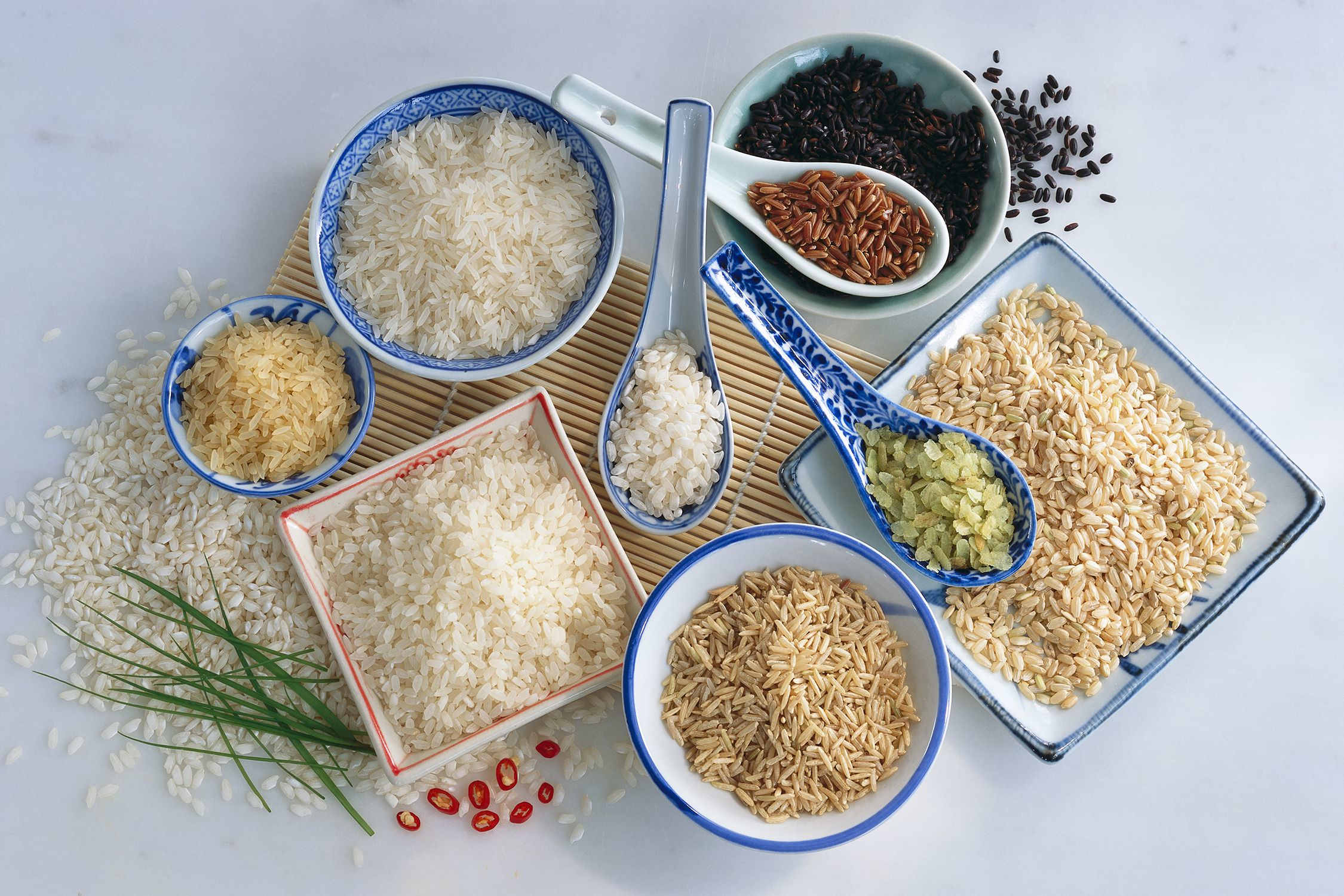Rice is a starchy grain used as a staple ingredient by more than half the world’s population largely due to its versatility, availability, and ability to adapt to any flavor and seasoning. Rice has a chewiness and soft texture that adds substance to meals and complements many cuisines.
There are many different types of rice and ways to prepare it, and nutritional values differ as well. Most notably, brown rice is a whole grain while white rice is a refined grain and a processed food.
There are over 53 grams of carbohydrate in a single serving of white rice. Only a tiny amount of that carbohydrate comes from fiber. Most of it is starch and a small amount is sugar.
Rice can serve as a good source of B vitamins (including thiamin, niacin, and riboflavin) and iron. Rice is also an excellent source of manganese and magnesium.
Brown rice provides more vitamins than white rice. In addition to thiamin and magnesium, brown rice contains selenium, which influences thyroid function and is important in antioxidant processes.

The glycemic index of white rice is estimated to be 73. The glycemic index of brown rice, on the other hand, is estimated to be about 68. Short-grain rice tends to have a higher glycemic index than long-grain, medium-grain, and brown rice.
rown rice contains a higher amount of dietary fiber than white rice — 1.6 g per 100 g. During the processing of white rice, the grain loses the bran, or seed coat, which contains most of the fiber.
The bran contains mainly insoluble fibers, such as hemicellulose, and virtually no soluble fiber.
White and brown rice contain varying amounts of a soluble fiber called resistant starch.
Resistant starch increases butyrate in the gut. Butyrate boosts gut health by reducing inflammation, improving gut barrier function, and reducing the risk of colon cancer.
Aside from providing energy and basic nutrients, refined white rice does not offer any health benefits. Enriched white rice does contain added B vitamins that are important for health.
On the other hand, regular consumption of brown, or whole grain, rice can have health benefits. Be sure to compare labels when shopping.
The nutrient value of rice depends on the variety and cooking method. The bran and germ contain a high concentration of vitamins and minerals. White rice does not contain bran or germ and lacks these essential dietary nutrients.
Enrichment may add back some vitamins to white rice. Be sure to read labels when shopping, as different brands may add different vitamins.

